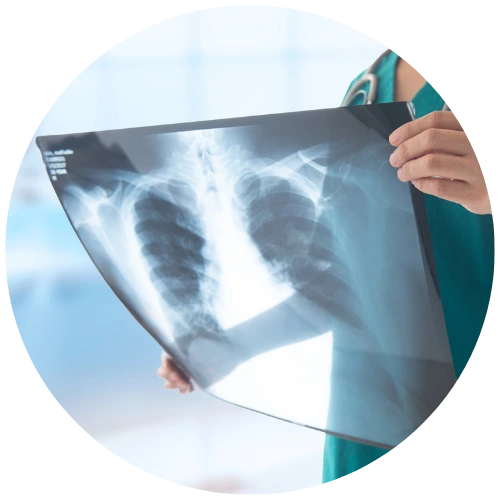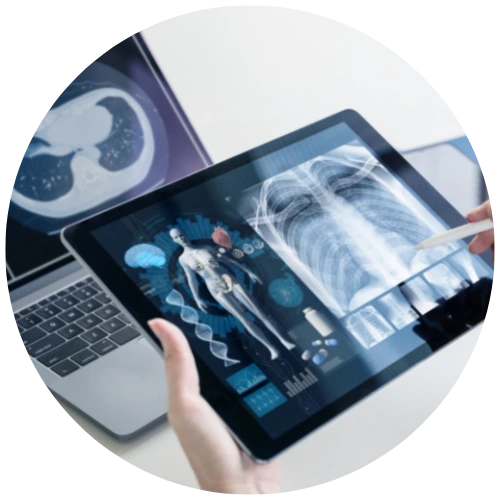In recent years, artificial intelligence (AI) technologies have demonstrated their merits in medical imaging. This trend is reflected in the rapid introduction of these technologies to aid medical imaging professionals, with 70% of the AI/ML-enabled medical devices on the FDA’s list of approved devices as of September 2021 developed for use in radiology.


One of the most valuable contributions these technologies can make to the medical imaging field is supporting radiologists’ workflow. This benefit is particularly significant given the mounting pressures on the community of medical imaging experts, which faces a shortfall of practicing radiologists around the globe. The World Health Organization estimates that the number of people worldwide who lack access to medical imaging expertise exceeds four billion. This shortage is exacerbated by an uptick in demand for radiology images. According to a report by the Journal of the American College of Radiology published in 2018, radiologists typically saw an increase of 20-50% in the number of scans they had to perform over the previous five years. Moreover, that number continued to rise at the time of publication.
This strain on radiologists can impact the quality of care through long wait times and delayed diagnosis. By alerting practitioners to images that might require urgent attention, AI-enabled imaging technologies can help streamline the workflow of beleaguered radiologists, thus enabling them to deliver faster, more effective recommendations. In addition, these tools can automate the repetitive tasks that don’t require human judgment but have historically consumed radiologists’ precious time.
Beyond these capabilities, AI holds promise for a vast array of other uses that can drive progress in medical imaging. However, many of these possible applications are still in the nascent stages of development, and there is much work to be done in certain key areas, such as data acquisition and MLOps (Machine Learning Operationalization Management), before these technologies reach their full potential in the field.
Still, the current proliferation of AI-enabled medical imaging devices—and the encouraging performance they’ve demonstrated thus far—signal AI’s increasing presence alongside medical imaging professionals. Therefore, it is essential for today’s practitioners to develop a solid foundation of data science skills now to harness the power of these innovations as they evolve.


Toward a Healthcare Data Revolution
White paper
(Updated for 2022) With a long-term strategy—and with investment in the training and infrastructure necessary to implement it—the healthcare industry can experience a data revolution. Given today’s abundance of potential data sources, the widespread adoption of electronic health records (EHRs), and advances in AI, ML, NLP, and other data science technologies, the healthcare industry is poised for a groundbreaking overhaul.
